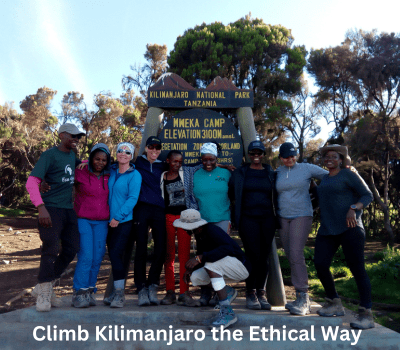Is Kilimanjaro Dangerous?
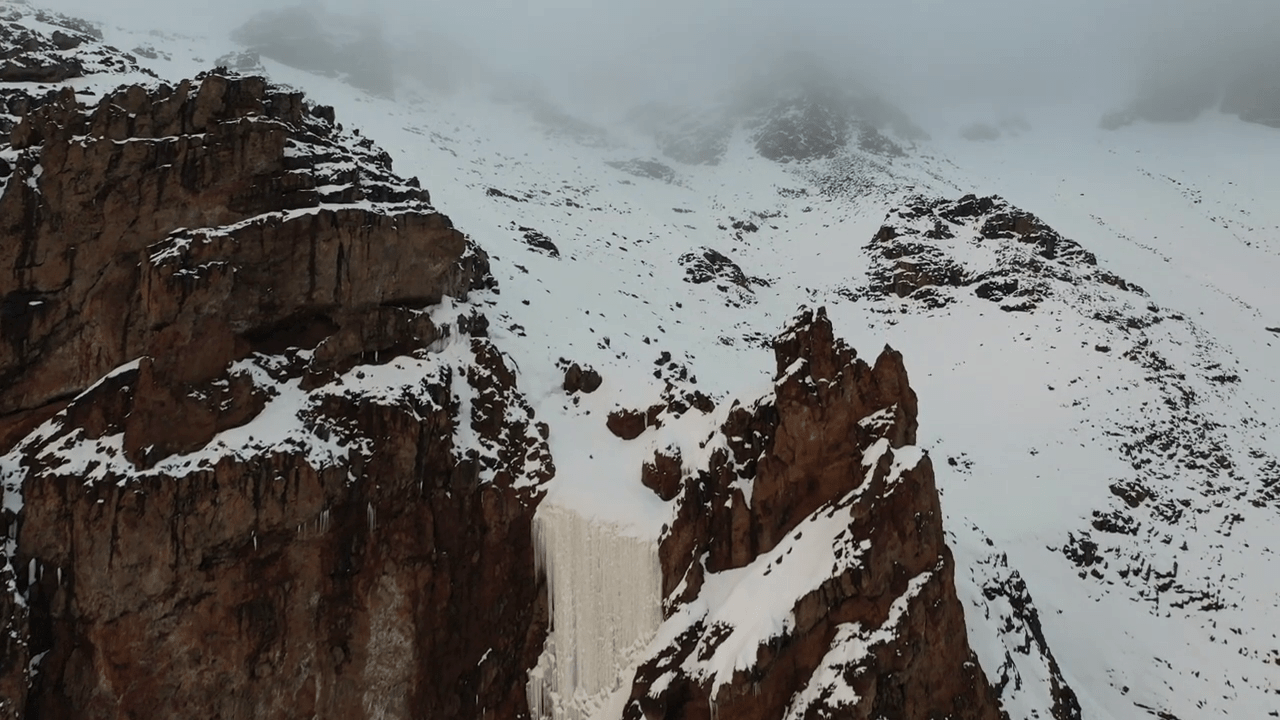
Introduction: The Allure and the Risk of Africa’s Tallest Mountain
Climbing Mount Kilimanjaro is a bucket-list adventure for thousands of trekkers worldwide. As the highest peak in Africa, Kilimanjaro offers an extraordinary chance to walk through multiple climate zones, from lush rainforest to alpine desert, and finally to the arctic summit at Uhuru Peak. But with all its beauty and glory comes a pressing question—is Kilimanjaro dangerous?
While Kilimanjaro does not require technical climbing skills, it’s far from a walk in the park. Each year, some climbers experience altitude sickness, harsh weather conditions, or injuries. The good news? With proper preparation, a good guiding team, and an understanding of the risks, most of these dangers can be minimized or avoided altogether.
In this guide, we’ll break down the real risks of climbing Kilimanjaro, who is most vulnerable, and how Eco-Africa Climbing ensures your safety every step of the way.
Understanding Kilimanjaro’s Altitude and Its Hidden Threats
The biggest hidden danger on Kilimanjaro isn’t a steep cliff or wild animal—it’s the air you breathe. As you ascend beyond 2,500 meters, oxygen levels start to drop. By the time you reach 5,895 meters at Uhuru Peak, the air has only 50% of the oxygen you’d get at sea level. This decrease can affect your body in unpredictable ways, even if you’re fit and healthy.
This low oxygen environment can lead to Acute Mountain Sickness (AMS)</strong), and in more severe cases, High Altitude Cerebral Edema (HACE) or High Altitude Pulmonary Edema (HAPE)—both of which are potentially fatal if left untreated. Recognizing the early symptoms is critical, and it’s why climbing with trained professionals, like those at Eco-Africa Climbing, makes a massive difference.
Your guides continuously monitor oxygen saturation levels and symptoms to ensure early intervention. The mountain is tough, but with the right awareness and support, it doesn’t have to be deadly.
Common Dangers on Kilimanjaro: What You Should Know
Climbers face various hazards on Kilimanjaro, including:
- Altitude Sickness – The most common and potentially dangerous issue.
- Extreme Weather – From cold rain at lower elevations to snow and sub-zero temps near the summit.
- Slips and Falls – Especially on icy or muddy trails, particularly during the rainy season.
- Dehydration – Cold weather can mask thirst, and dry air speeds up water loss.
- Hypothermia – Inadequate clothing or gear can be life-threatening at high altitudes.
All of these dangers can be mitigated with proper gear, experienced guides, a well-paced itinerary, and continuous monitoring—core pillars of all Eco-Africa Climbing tours.
Altitude Sickness: The Number One Risk Factor
Altitude sickness can hit anyone, regardless of age or fitness level. Mild symptoms include headache, dizziness, fatigue, nausea, and difficulty sleeping. If ignored, these can escalate into life-threatening conditions.
At Eco-Africa Climbing, guides are Wilderness First Responder (WFR) certified and carry pulse oximeters to measure your oxygen levels daily. We also include emergency oxygen and follow strict acclimatization protocols on all climbs.
Choosing a longer route—like the 9 Days Northern Circuit—significantly boosts your chance of adjusting to the altitude, reducing your risk of serious illness.
Weather Conditions on Kilimanjaro and How They Affect Safety
Kilimanjaro’s weather is notoriously unpredictable. You might start your trek in a humid rainforest and end it in snow and freezing wind at the summit. The dry seasons (January–March and June–October) are the safest times to climb, offering clearer skies and more stable trails.
However, even in dry months, sudden changes can catch unprepared climbers off guard. Wind chill at higher elevations can make it feel up to -20°C. Proper layering, waterproof gear, and thermal protection are essential. Learn more in our gear checklist.
Choosing an operator with local weather knowledge and real-time monitoring, like Eco-Africa Climbing, ensures you’re prepared for every possibility the mountain throws at you.
Trail Accidents: Slips, Falls, and Rockslides
While Kilimanjaro is a non-technical climb, the mountain’s terrain can still pose significant risks. Slips and falls are common, especially on steep or icy sections of the trail. The Western Breach route, in particular, has been associated with rockfall hazards, leading to temporary closures in the past (source). It’s crucial for climbers to remain vigilant, use appropriate footwear, and follow guide instructions to minimize these risks.
Route Difficulty: Choosing the Right Path
Mount Kilimanjaro offers several routes to the summit, each varying in length, scenery, and difficulty. The Marangu route, known as the “Coca-Cola” route, is considered one of the easier paths due to its gradual ascent and hut accommodations. In contrast, the Western Breach route is more challenging, involving steeper climbs and potential rockfall areas. Selecting a route that aligns with your fitness level and experience is essential for a safe and successful climb.
Rescue Protocols: What Happens in an Emergency?
In the event of an emergency on Kilimanjaro, rescue protocols are in place to assist climbers. Park authorities and tour operators coordinate evacuations, which may involve stretcher carries or helicopter rescues, depending on the severity and location of the incident. It’s important to choose a reputable tour company that has established emergency procedures and trained staff to handle such situations effectively.
The Role of Guides: Your Safety Net on the Mountain
Hiring a certified guide is not only mandatory for climbing Kilimanjaro but also a critical safety measure. Experienced guides are trained to monitor climbers for signs of altitude sickness, manage group pace, and make informed decisions in challenging situations. Their knowledge of the mountain’s terrain and weather patterns significantly enhances the safety and success rate of summit attempts.
Eco-Africa Climbing’s Safety Policies: A Commitment to Your Well-being
Eco-Africa Climbing prioritizes the safety and well-being of its clients through comprehensive safety policies. These include conducting regular health checks, providing high-quality equipment, and ensuring guides are certified in wilderness first aid. By adhering to strict safety standards, Eco-Africa Climbing aims to offer a secure and enjoyable experience for all climbers.
Trail Accidents: Slips, Falls, and Rockslides
While Kilimanjaro is a non-technical climb, the mountain’s terrain can still pose significant risks. Slips and falls are common, especially on steep or icy sections of the trail. The Western Breach route, in particular, has been associated with rockfall hazards, leading to temporary closures in the past.It’s crucial for climbers to remain vigilant, use appropriate footwear, and follow guide instructions to minimize these risks.
Route Difficulty: Choosing the Right Path
Mount Kilimanjaro offers several routes to the summit, each varying in length, scenery, and difficulty. The Marangu route, known as the “Coca-Cola” route, is considered one of the easier paths due to its gradual ascent and hut accommodations. In contrast, the Western Breach route is more challenging, involving steeper climbs and potential rockfall areas. Selecting a route that aligns with your fitness level and experience is essential for a safe and successful climb.
Rescue Protocols: What Happens in an Emergency?
In the event of an emergency on Kilimanjaro, rescue protocols are in place to assist climbers. Park authorities and tour operators coordinate evacuations, which may involve stretcher carries or helicopter rescues, depending on the severity and location of the incident. It’s important to choose a reputable tour company that has established emergency procedures and trained staff to handle such situations effectively.
The Role of Guides: Your Safety Net on the Mountain
Hiring a certified guide is not only mandatory for climbing Kilimanjaro but also a critical safety measure. Experienced guides are trained to monitor climbers for signs of altitude sickness, manage group pace, and make informed decisions in challenging situations. Their knowledge of the mountain’s terrain and weather patterns significantly enhances the safety and success rate of summit attempts.
Eco-Africa Climbing’s Safety Policies: A Commitment to Your Well-being
Eco-Africa Climbing prioritizes the safety and well-being of its clients through comprehensive safety policies. These include conducting regular health checks, providing high-quality equipment, and ensuring guides are certified in wilderness first aid. By adhering to strict safety standards, Eco-Africa Climbing aims to offer a secure and enjoyable experience for all climbers.
Conclusion: Kilimanjaro Is Challenging—But It Doesn’t Have to Be Dangerous
So, is Mount Kilimanjaro dangerous? The answer is—it can be, but it doesn’t have to be. The key lies in preparation, route choice, experienced guidance, and choosing a responsible tour operator. Many of the dangers, including altitude sickness, trail accidents, and weather exposure, can be minimized with the right team and strategy.
At Eco-Africa Climbing, we combine expert knowledge, medical safety protocols, and deep respect for the mountain to create safe, life-changing treks to Uhuru Peak. With the right mindset and support, your Kilimanjaro adventure can be challenging, inspiring—and safe.
Frequently Asked Questions (FAQs)
What is the most dangerous aspect of climbing Kilimanjaro?
Altitude sickness is the most common and serious risk, especially above 3,500 meters. Proper acclimatization and monitoring are essential.
Can beginners safely climb Kilimanjaro?
Yes. Kilimanjaro is a trekking peak, so technical skills are not needed—but proper preparation and a guided climb are crucial.
Has anyone died climbing Kilimanjaro?
Yes, fatalities have occurred, often due to altitude complications or pre-existing health issues. However, they are rare when climbing with reputable operators like Eco-Africa Climbing.
What is the safest Kilimanjaro route?
The Northern Circuit and Lemosho Route are considered the safest due to their gradual ascent, which improves acclimatization.
Do I need insurance for Kilimanjaro?
Absolutely. Travel insurance with high-altitude trekking and emergency evacuation coverage is highly recommended.
Climb Kilimanjaro Safely With the Experts at Eco-Africa Climbing
Ready to climb Kilimanjaro with confidence? Join the experts at Eco-Africa Climbing for a fully supported, ethically guided, and medically safe ascent. We provide emergency oxygen, health monitoring, and proper gear support—so your only focus is the summit.
Explore our top-rated routes:
Request your custom quote now or talk to our team for planning support.
Share:
Related Posts
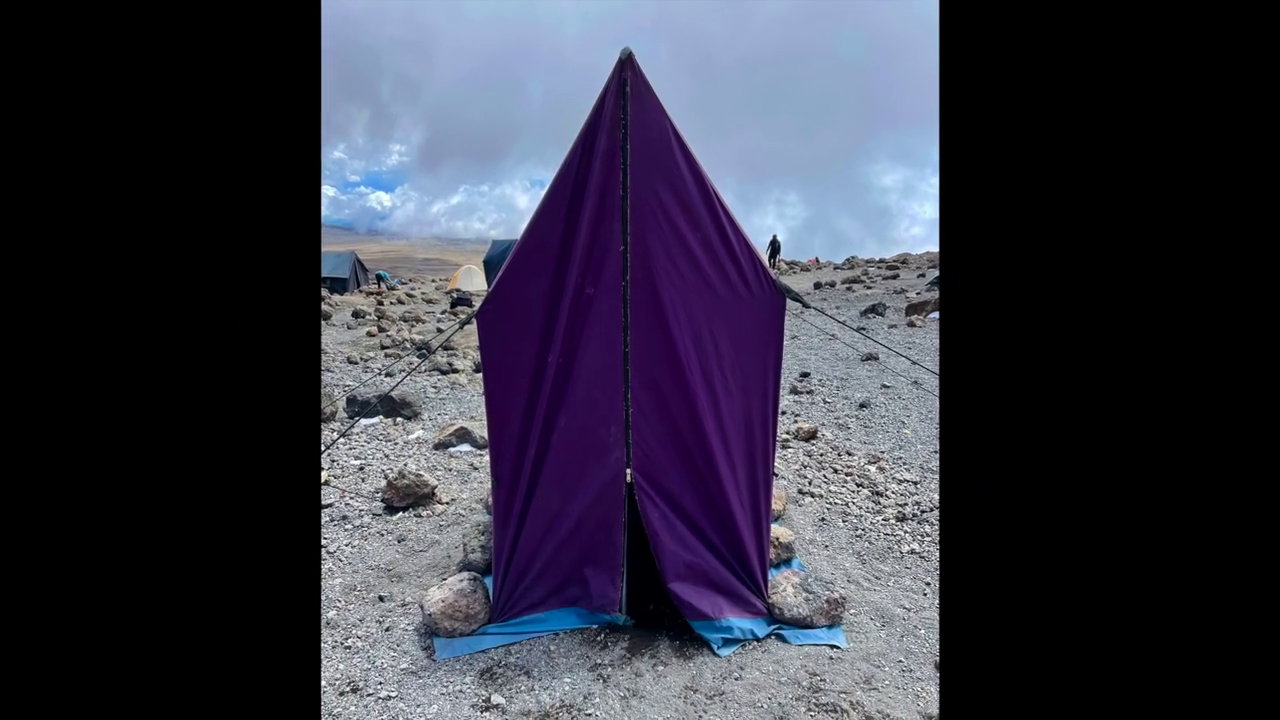
bathroom on mountain kilimanjaro
Bathroom on Mountain Kilimanjaro: What to Expect and How to Prepare Introduction One of the most common — and least discussed — questions from people
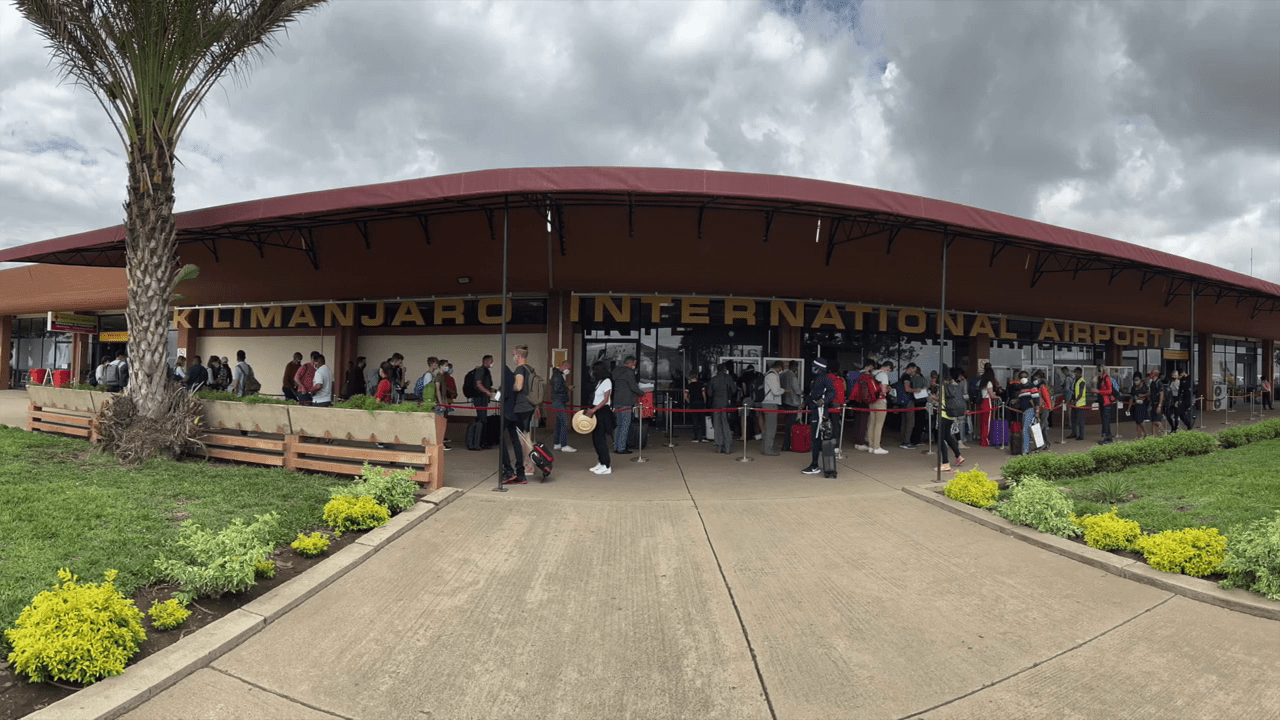
Are Guides Readily Available in Tanzania Without Prior Booking?
Are Guides Readily Available in Tanzania Without Prior Booking? Introduction: Should You Risk Climbing Without Pre-Booking? Climbing Mount Kilimanjaro is a dream for many adventurers.
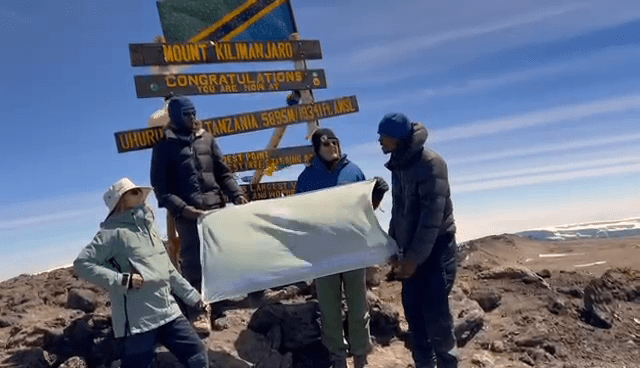
How Can I Find a Reliable Local Guide for My Kilimanjaro Expedition?
How Can I Find a Reliable Local Guide for My Kilimanjaro Expedition? Introduction: Why the Right Guide Is Key to Kilimanjaro Success Climbing Mount Kilimanjaro
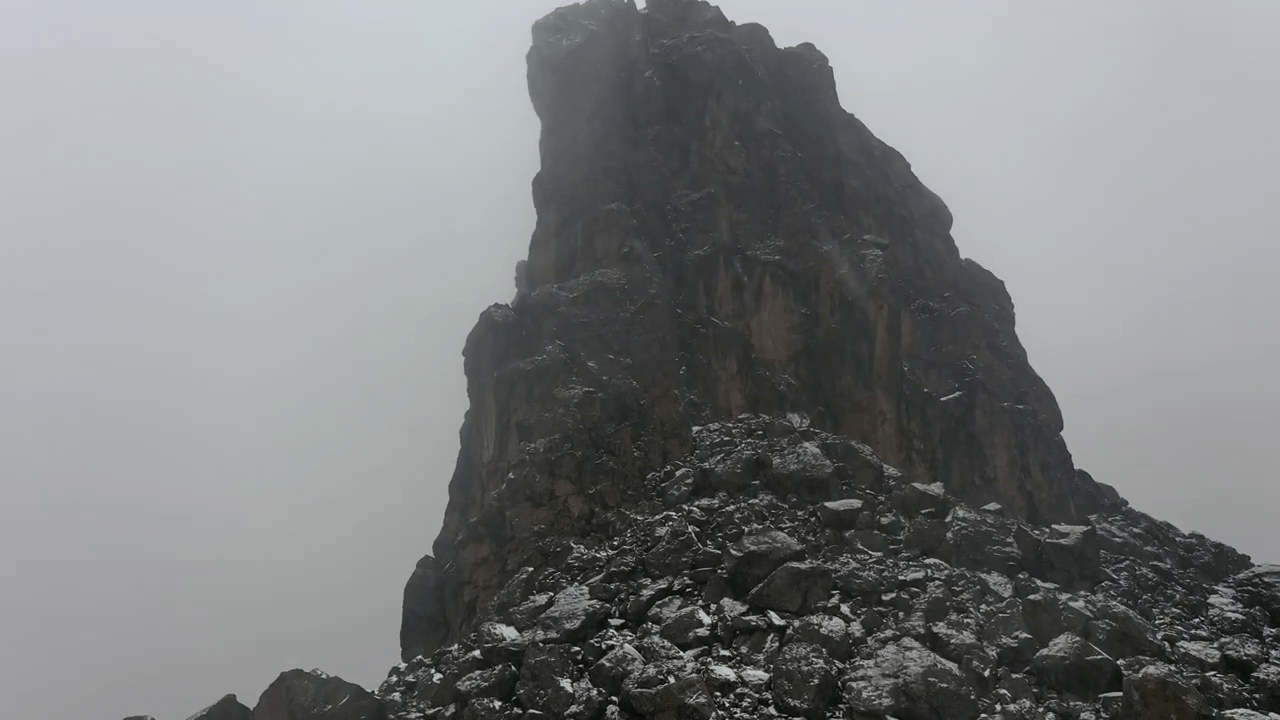
Is Climbing Kilimanjaro Dangerous for Individuals Without Mountaineering Experience?
Is Climbing Kilimanjaro Dangerous for Individuals Without Mountaineering Experience? Introduction: The Myth of Danger and Experience Many aspiring adventurers wonder if climbing Mount Kilimanjaro is
